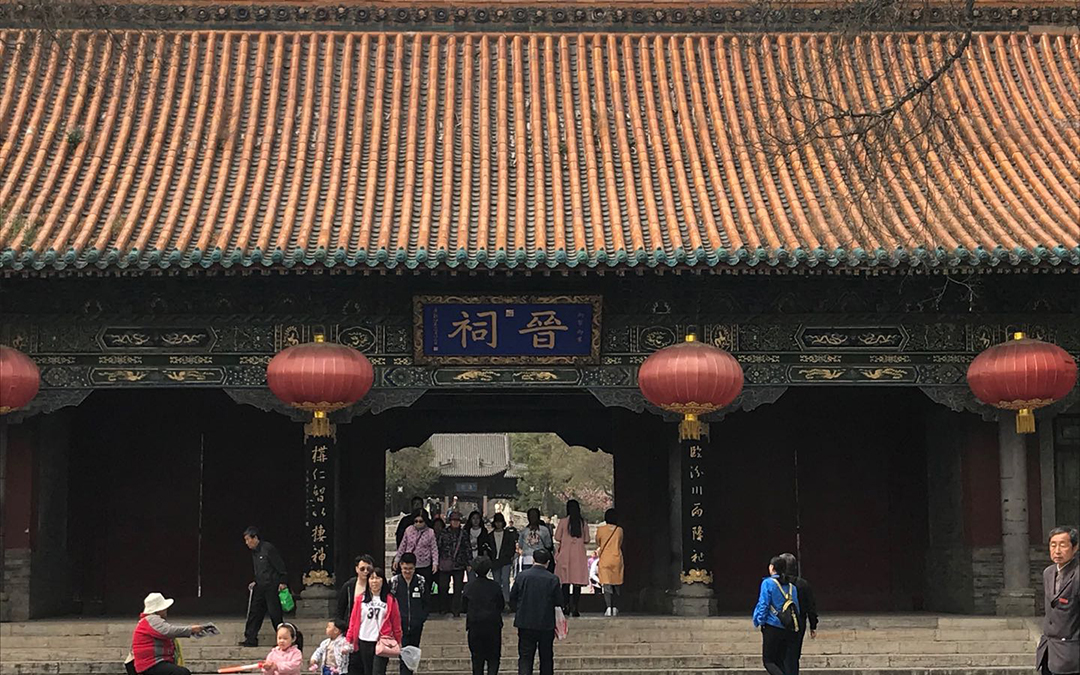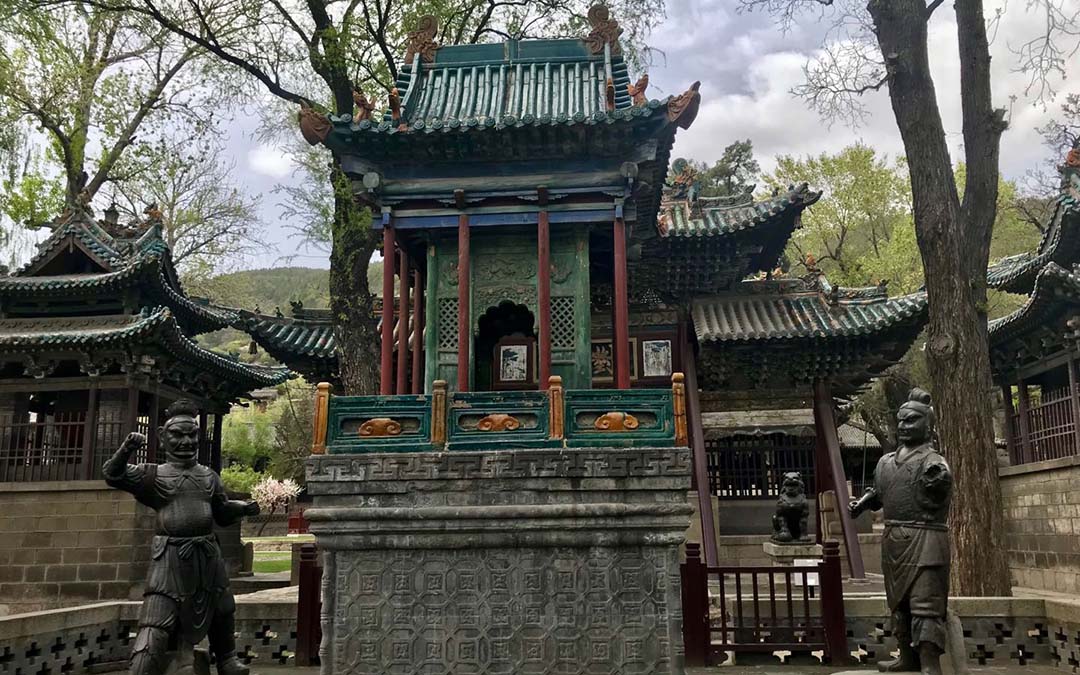Address : Jinci Town, Taiyuan, Shanxi Province
The Jin Ancestral Hall (Jinci) is located in Taiyuan City of Shanxi Province, 25 kilometers to the south of the city, at the foot of a mountain. This is the oldest architectural monument remaining in China that has confirmable historical documentation. It also has the oldest garden, and is hallowed ground that melds natural scenery with an ancient human presence.
The Jin Ancestral Hall is located at the source of the Jin River. It was officially dedicated to Tangshu Yu, a younger brother of King of Zhou, who lived in the 11th century BC. Because of its location on the Jin River, Yu changed the name of his state to Jin, and in paying respects to Yu life, later generations named the place the Jin Ancestral Hall. Although the buildings have been renovated and expanded many times, the original site has not changed. In the years 1023-1032, during the Northern Song dynasty, an additional Sacred Mother Temple was built and the Ancestral Hall was substantially enlarged.
In 1168, during the Jin dynasty, another commemorative hall and other buildings were added, until it gradually came to assume the shape and size that it is today.
The Jinci Museum includes the original buildings of the place, the gardens, and woods, the spring, the sculpture, and the carved stelae. Key items on exhibit include, most importantly, the Sacred Mother Temple. This is one of the earliest remaining large-scale wooden buildings in the world, with unique spatial arrangement, internal structure, and artistic form. There are 43 Northern Song-period painted statues inside the hall, treasures among painted clay sculpture in China. The main statue is of the Sacred Mother, who sits in a wooden case in the middle of the Hall. The other 42 are arrayed on either side as well as around the perimeter of the Hall.
A great flying beam bridge is set across the square-shaped fish pond in front of the Sacred Mother Hall. This bridge was built in the Tiansheng period of the Northern Song and is built in the shape of a cross. It sits on 34 small octagonal stone pillars that are set in the water on stone-carved lotus blossoms. A dougong construction is set on the pillars, with traditional-Chinese crossbeams and blocks. On these are set the beams and the planks of the bridge. The surface of the bridge is covered with bricks, and stone railings line on either side. On the moon platform on the eastern side of the bridge is a pair of iron lions that were cast in the 8th year of Zhenghe, or in 1118.
Another of the great treasures in this place is an inscribed stele erected in the Baohan Pavilion. This stands 195 cm in height, is 127 cm wide and 27 cm thick, and holds an inscription that was written by the Tang emperor, Tang Taizong. It is composed of 203 characters and is written in cursive script.
The spring that is the source of the Jin River is the primary reason the Ancestral Hall is located in this place. This spring is clear and pure and runs year round at a constant temperature of 17 degrees centigrade. It waters a number of trees in the vicinity, one of which is an ancient cypress that is said to be 3, 000 years old. The flow rate of the spring is 1. 8 cubic meters per second this emerges from a pavilion that stands over the actual source, and then is channeled into north and south canals.
The ancient buildings of the Ancestrai Hall also hold a collection of valuable artifacts. In addition to the Hall, other ancient architectural monuments include an Ancestral Hall to Tang-shu Yu, a water-reflecting pavilion, a golden-man platform, a clock and drum tower, and a sacred long-life temple. A library also enriches the substantial holdings of this ancient place.








